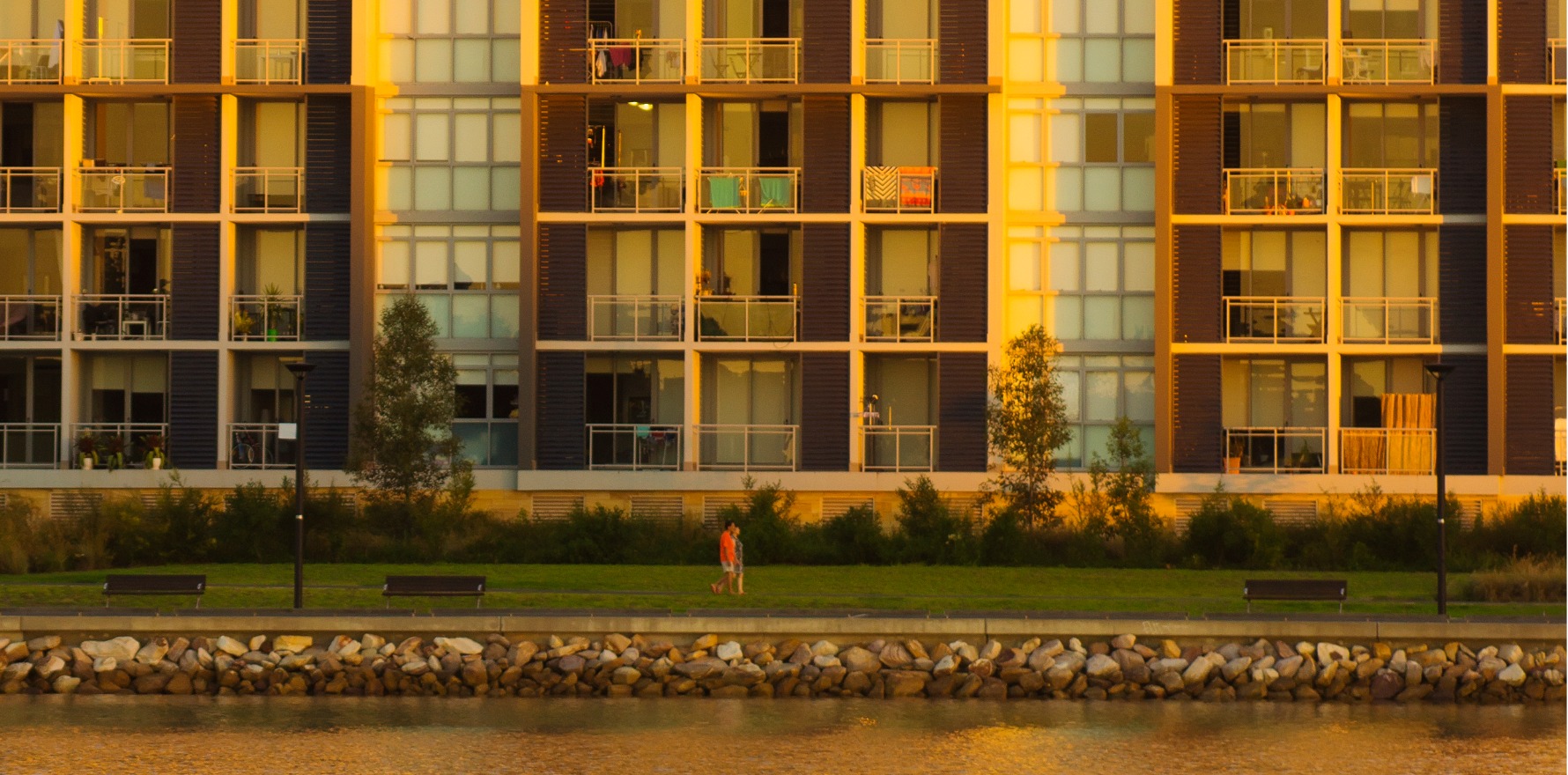The Western Sydney Local Health District has joined a collaboration to develop strategies to overcome the challenges.
The health impacts of high density living and tips for addressing them are part of an innovative new guide launched in Western Sydney.
The Western Sydney Local Health District’s (WSLHD) Health Promotion team, in collaboration with the City of Parramatta and Cities for Play, has launched the Healthy Higher Density Living for Families with Children: An Advocacy, Planning and Design Guide, which it says is the first of its kind in Australia.
More than five years of research on the impact of high density living, specifically focusing on families with young children, was undertaken to develop the report, which the authors say offers valuable design advice and best practice examples to help create environments that positively impact the health and wellbeing of children and their families living in high density.
In Greater Sydney, more than 25% of apartment households comprise families with children aged under 15 years. In the City of Parramatta, over 45% of children aged up to four years live in apartments.
The guide provides best practice guidance on enhancing liveability for families in high density environments, addressing issues from building design to neighbourhood planning.
It was launched last week at an event in Parramatta, attended by experts from health, architecture and urban planning sectors.
WSLHD acting chief executive Alison Derrett and Lord Mayor Pierre Esber officially launched the guide, further demonstrating the collaborative effort between WSLHD and the City of Parramatta in shaping healthier urban spaces for families.
Ms Derrett highlighted the ongoing partnerships with local governments and the importance of embedding the guide’s principles into broader urban planning strategies.
“Through our partnerships with local governments, we will continue to work collaboratively with council staff to embed the guide’s family friendly high-density housing and urban design principles in relevant local government strategies and policies where appropriate,” she said.
Helen Ryan, from the WSLHD Health Promotion team, stressed the importance of designing high density environments—such as apartments, buildings and neighbourhoods—with children in mind. She highlighted that families with young children are a key demographic within this setting and emphasised the critical role that the early years play in a child’s growth and development.
“We want to ensure the principles and guidelines in the guide are embedded in relevant plans, strategies and approval processes. By doing this, we can create environments where children can grow and thrive,” she said.
“If we have healthy environments for children, we are likely to have environments that benefit the wider community as well. Our role in health promotion is to partner and support the agencies who have responsibility for design and planning in this space.”
City of Parramatta chief executive Gail Connolly said the guide was created through a strong collaboration between council and WSLHD.
“Parramatta is in a period of rapid growth with a growing demand for family-friendly units in high density areas, so it is important to get it right from the outset,” she said.
“While houses remain the predominant dwelling type in our area currently, by 2036 we expect 70 per cent of Parramatta’s residents to be living in high density dwellings.
“Council welcomes the launch of the Healthy Higher Density Guide by showcasing best practice examples and exploring the opportunity to influence at state, regional and local levels of strategic plans and planning controls.”
For more information about the free guide see here.

